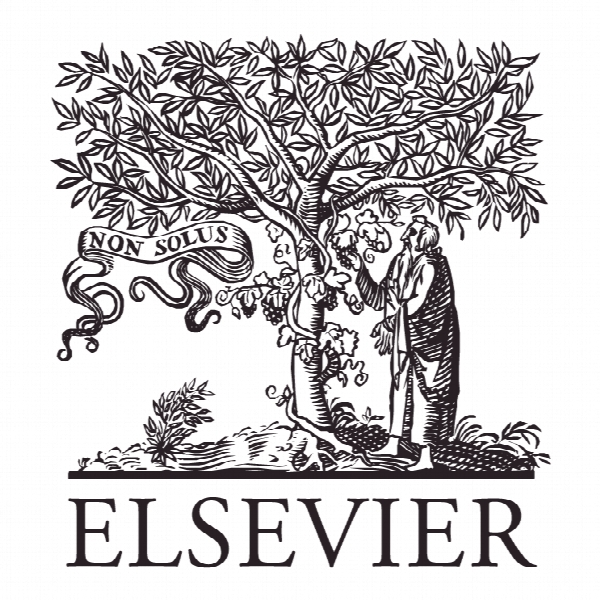استفاده از تئوری سیگنالینگ در تحقیقات مدیریت: شکاف های عمده در نظریه Application of signaling theory in management research: Addressing major gaps in theory
- نوع فایل : کتاب
- زبان : انگلیسی
- ناشر : Elsevier
- چاپ و سال / کشور: 2017
توضیحات
رشته های مرتبط مدیریت
گرایش های مرتبط مدیریت کسب و کار MBA و مدیریت عملکرد
مجله مدیریت اروپایی – European Management Journal
دانشگاه کالدونین گلاسکو، بریتانیا
نشریه نشریه الزویر
گرایش های مرتبط مدیریت کسب و کار MBA و مدیریت عملکرد
مجله مدیریت اروپایی – European Management Journal
دانشگاه کالدونین گلاسکو، بریتانیا
نشریه نشریه الزویر
Description
1. Introduction The emergence of signaling theory resulted from the study of information economics under conditions in which buyers and sellers dealt with asymmetric information while interacting in the market (Spence, 1974). The theory has been extensively used to study information asymmetry between two parties, occurring as a result of knowledge disparity, in a variety of organizational and business contexts (Connelly, Certo, Ireland, & Ruetzel, 2011; Spence, 2002; Stiglitz, 2002). According to Connelly et al. (2011), getting accurate information is crucial as it affects the decisionmaking processes used by individuals, businesses, and governments. Therefore, it is one of the key functions of signaling theory to reduce such asymmetries in information (Spence, 2002), which is particularly relevant to the current study that examines the signaling between corporate HQ of a European multinational and its local subsidiary in a developing country during the implementation of employer branding change programs. Hence, the main contribution of this study is to help us understand the complexities involved in signaling effective employer brands across the two divergent environments. The concept of employer branding was coined by Ambler and Barrow (1996) who defined it as ‘the package of functional, economic, and psychological benefits provided by employment, and identified with the employing company’ (p. 187) and was initially discussed in this journal by Martin, Beaumont, Doig, and Pate (2005) who provided the evidence for the then emerging branding-HR relationship while supporting the contention through a model based on the review of literature from a variety of fields including marketing, communications, organizational studies, and HRM. One of the main purposes of an employer brand is to create an image of the organization as a good working place hence it has emerged as a concept for differentiating employers from competitors by providing distinct employment experiences. To do this, employers must clarify the unique aspects of their offerings by sending signals to their stakeholders in order to appear different than competitors and yet remain socially legitimate in the eyes of their stakeholders. This is particularly important for designing authentic employer brands that reflect on the voice of local stakeholders (Harquail, 2009) and respond to the local needs. This is also important for multinationals to address a wide range of strategic issues including the integration-responsiveness problem (Martin, Gollan, & Grigg, 2011; Rosenzweig, 2006). This brings in sight the possibility of exploring the concept through the lens of signaling theory as it underpins employer branding research and plays animportant role in the branding process by explaining the honesty of signals and the costs associated with sending dishonest signals (Martin & Groen-in’t Woud, 2011) thereby helping firms develop authentic employer brands. Nevertheless, authentic employer brands require a strong signaling environment based on efficient and effective signaling between organization and its employees at all levels who are able to send and receive honest and credible signals thereby reducing information asymmetry. However, establishing a strong signaling environment requires us to understand how the presence of negative signals disturb the signaling process; how signal precedence affects receiver’s interpretation of signals; and how feedback-seeking behavior improves the overall signaling process. These questions that inform significant gaps within signaling theory research are addressed in this study. The paper begins with a critical review of literature around the application of signaling theory in management research to identify potential gaps. This is followed by a discussion of the study’s methodological approach. Findings are then presented which are discussed in the light of extant theory. Finally, the implications of the study for theory and practice are discussed and its limitations and future research areas are highlighted.


